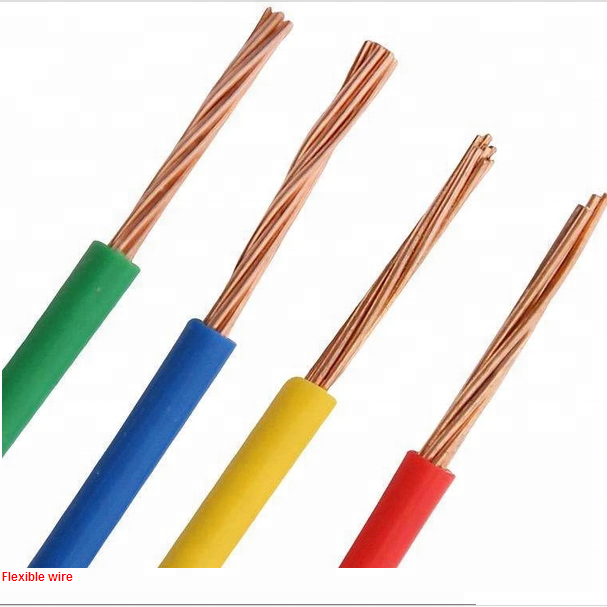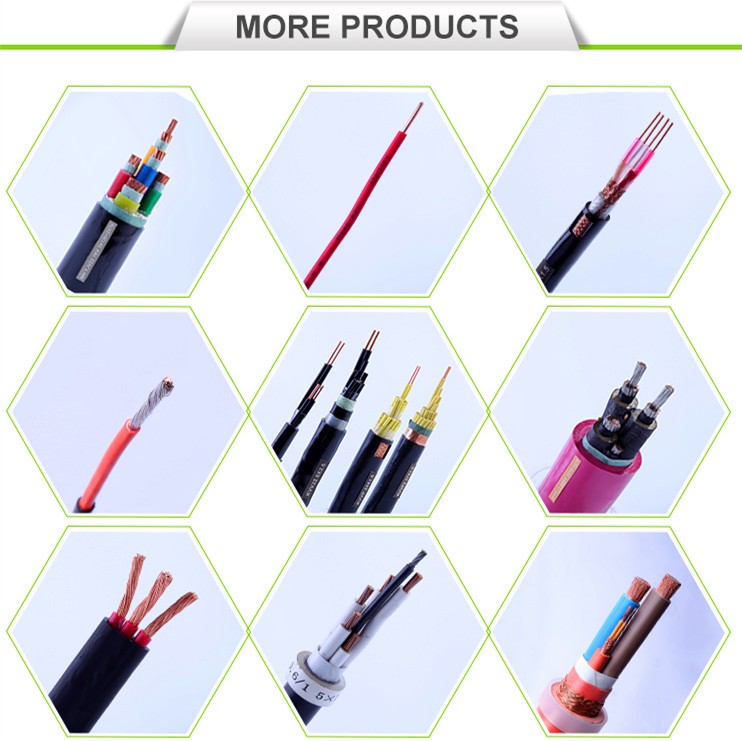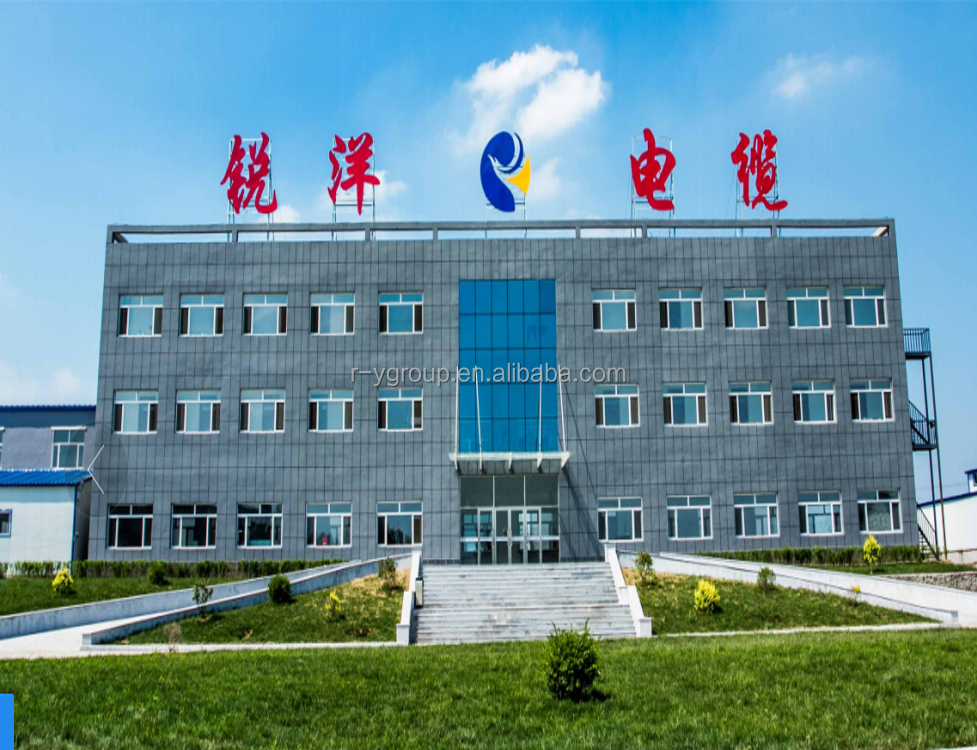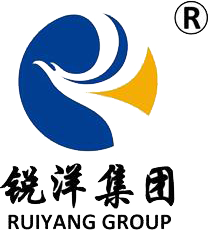
How to distinguish wires and cables
2022-02-07 16:37How to distinguish wires

1, wire: is composed of one or several soft wire, outer bread with a light soft protective layer, used to carry the current of conductive metal wire. Available in solid, twisted or foil braided forms. According to the insulation condition, it can be divided into bare wire and insulated wire.
2, bare wire wire without any insulation or protection layer. In addition to being used as transmission wires of electric energy and information, it can also be used to manufacture components and connecting wires of electric motors and appliances. Generally used copper, aluminum, copper alloy, aluminum alloy and copper clad steel, aluminum clad steel and other composite metal materials. In addition to good electrical conductivity, bare wires also have certain mechanical properties, such as tensile strength, elongation, bending and torsion, creep resistance, wear resistance and so on.
3, insulated wire, divided into electromagnetic wire and general insulated wire according to the use. General insulated wires include all kinds of connecting wires and mounting wires. Electromagnetic wire refers to insulated wire that makes coils or windings.
How to distinguish cables

1. Cable: an insulated wire composed of one or more conductive wires insulated from each other in a sealed sheath. The outer protective cover can be added for transmission, distribution of electrical energy or electrical transmission. The difference between it and ordinary wire is that the cable size is larger and the structure is more complex.
2. The cable is mainly composed of the following four parts:
Conductor core: made of high conductivity material (copper or aluminum). Each wire core may be composed of one or more wires twisted together according to the requirements of cable softness for laying conditions.
Insulation layer: The insulation material used for cable shall have high insulation resistance, high breakdown electric field strength, low dielectric loss and low dielectric constant. The insulation materials commonly used in cables are oil-impregnated paper, PVC, polyethylene, crosslinked polyethylene, rubber and so on. Cables are often classified by insulating materials, such as oil-impregnated paper insulated cables, PVC cables, xLPE cables, etc.
Seal jacket: protect insulated wire core from mechanical, moisture, moisture, chemicals, light, etc. For insulation susceptible to moisture, lead or aluminum extruded seal jackets are commonly used.
Protective cover: to protect the sealing jacket from mechanical damage. Generally, galvanized steel tape, steel wire or copper tape and copper wire are used as armor wrapped in the sheath (called armored cable). The armored layer also plays the role of electric field shielding and preventing interference of external electromagnetic waves. In order to avoid the corrosion of steel belt and steel wire by the surrounding medium, they are generally coated with asphalt or wrapped around the impregnated jute layer or extruded polyethylene, PVC sheath.

